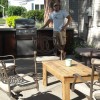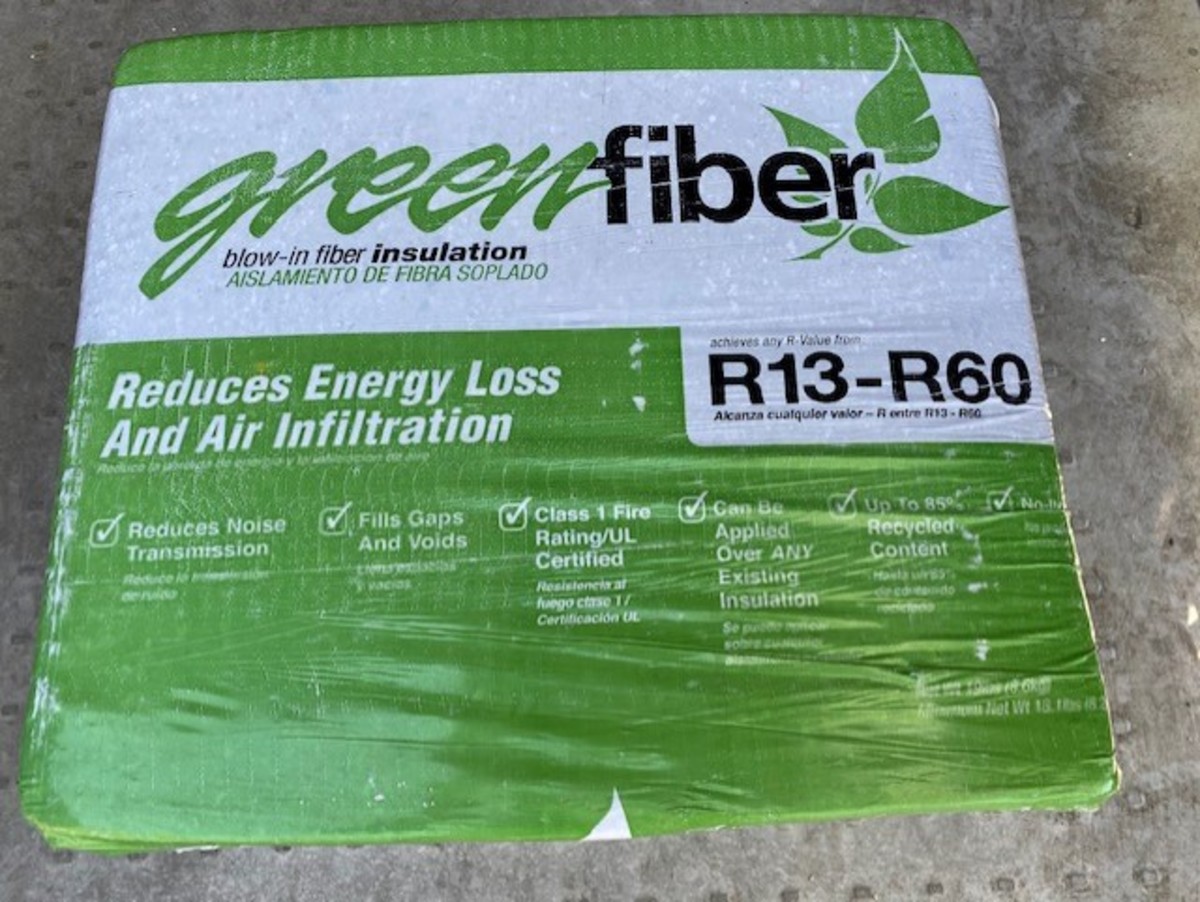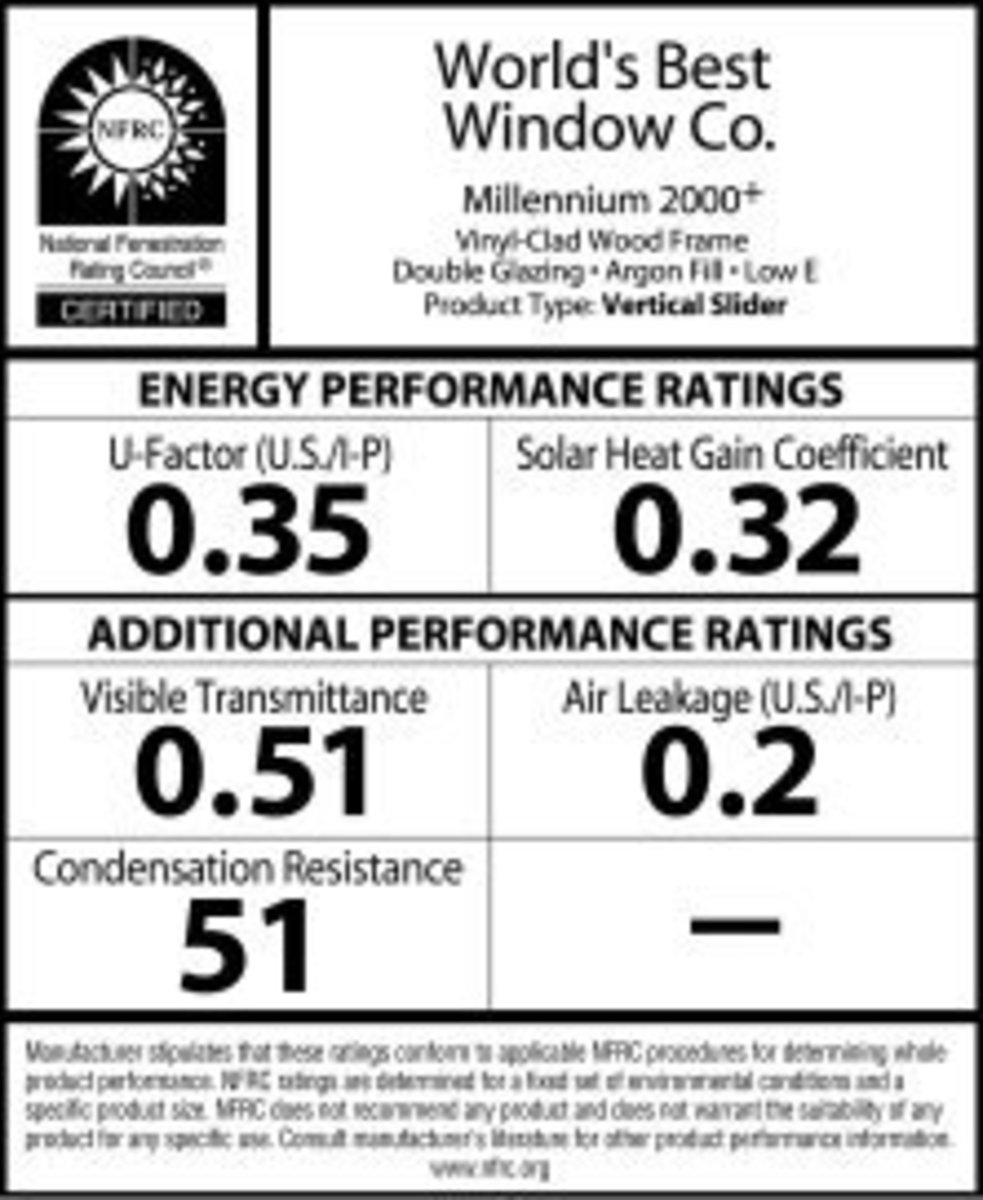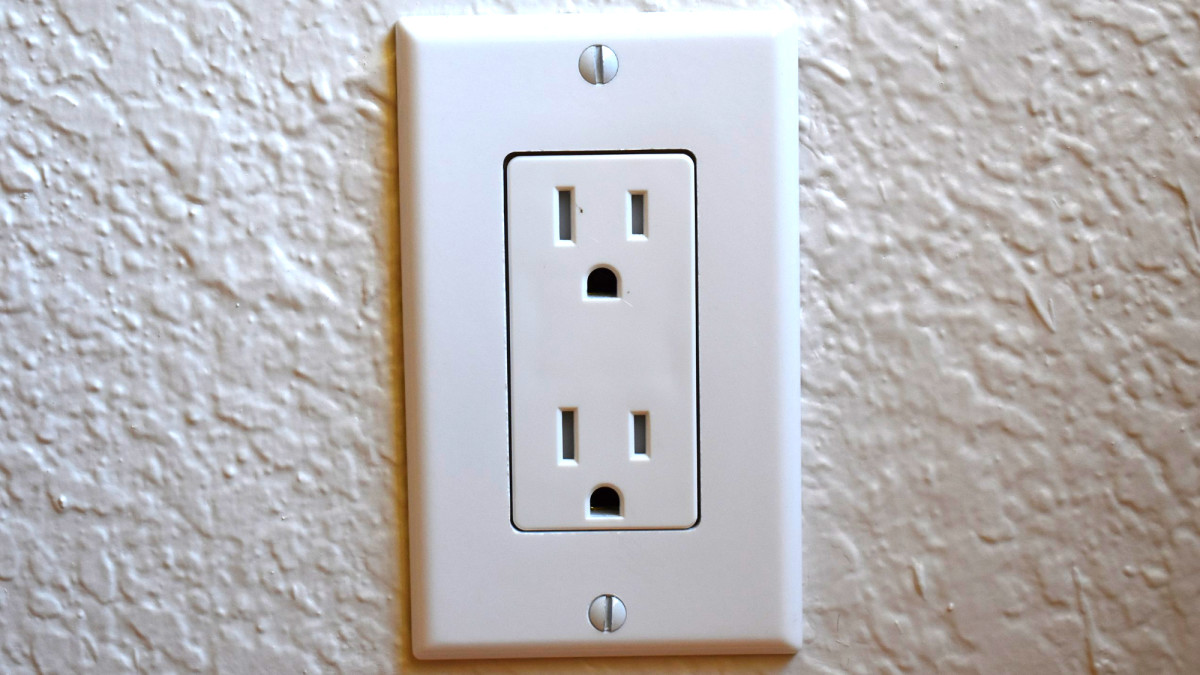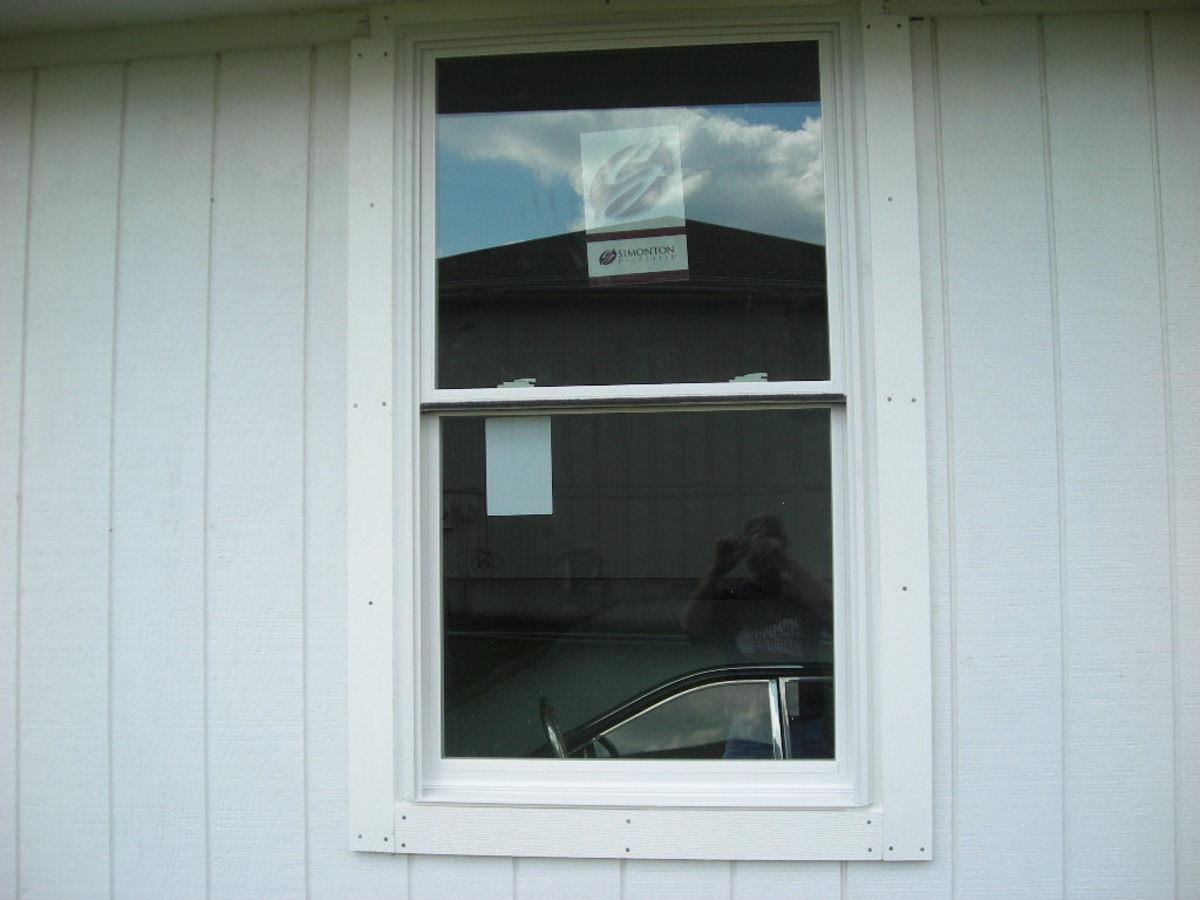How to Make an Attic Access Energy Efficient
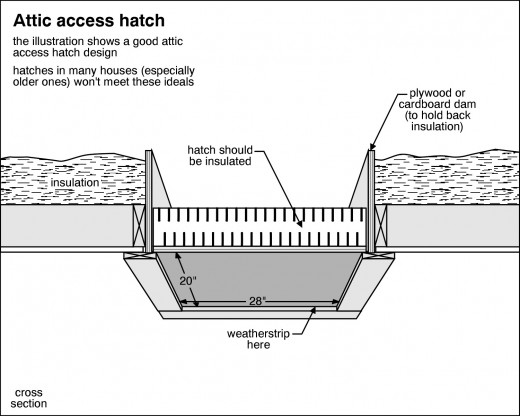
One of the largest single areas of energy loss in a home is the attic access door. These areas are usually neglected as a point to insulate or air seal and can be responsible for 10 to 20% of your homes heating or cooling loss. The solution? Insulate and air seal the lid properly.
Insulating The Access Lid
Using the proper insulation on the access lid in key. Polyurethane or polystyrene foam board insulation is the best for this application. You can cut out sections that are the same size as the access lid. Adhering with spray on adhesive will keep the insulation in place. At least 2 to 3 layers of 2" foam board should be used on the access lid.
The Perimiter of the Acess Hole
One important thing to do is make sure that there is at least a 12 inch high boarder around the attic access lid for insulation (even if there is no current insulation, this step should be used because future insulation projects are imminent). This keeps the attic insulation from falling onto the lid and creating a mess when you open the lid. This perimeter can be made of cardboard or plywood. It is highly recommended to use plywood as the seal will be better and damage will be less likely.
The Seal
It is important to note that a bad seal can be worse than not having one at all. Most seals on the market for this type of application are compression seals which require either weight or a locking mechanism to completely compress the seal. If the seal is not fully compressed, there is no seal and air leakage will occur. If your access lid is under 50 lbs (which it probably is), a good method is to take sill seal (used for new construction between the foundation and the bottom wall plate, and cut it into 3rds lengthwise. Then staple them on the plywood perimeter you built with a staple gun so that the strips are just stapled on the top edge and the next piece overlaps about 1/2 inch. it should look like lap siding when you are complete. This will form a seal and provide so resistance to extra drafts.
Utilizing these energy efficient methods will take the chill or the heat out of the hallway and yield some visible energy savings as well. There are attic access insulation systems that are pre-built for sale. These cost between $100-$500. The total project cost for the access above is about $50 or less.
